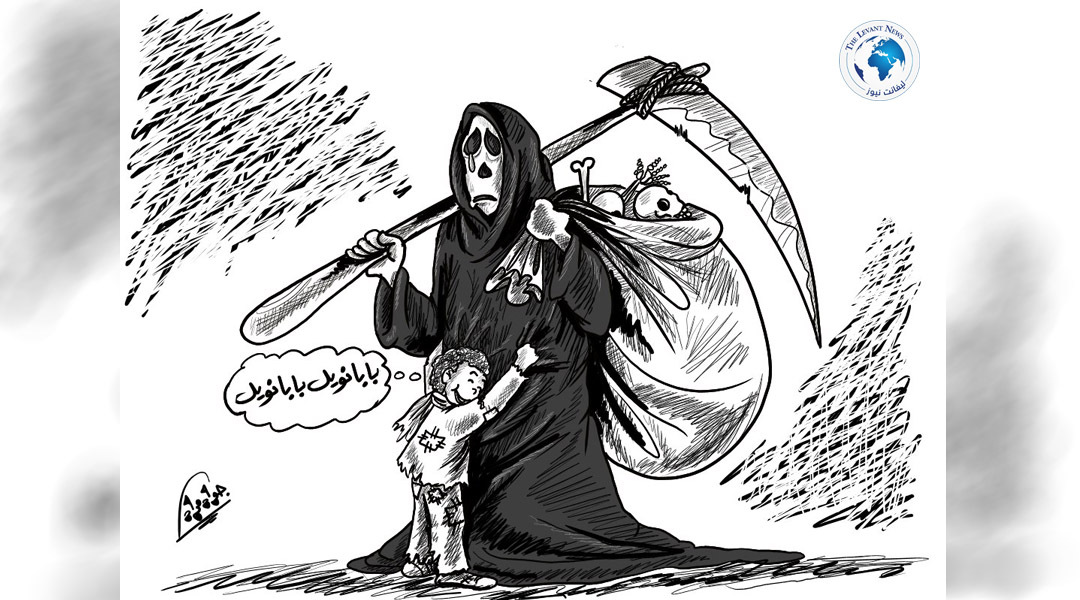-
Two sides of the same coin: What happened during the 12-day war?

The region witnessed one of the most intense episodes of military escalation between Iran and Israel in June 2025. Lasting 12 days, this conflict revealed the complexities of regional alliances and intertwined interests, threatening a major regional war. Although Iran and Israel appear, on the surface, as ideological and military adversaries, they are essentially "two sides of the same coin" in a larger geopolitical game. Both parties leverage the conflict to strengthen their influence and justify their domestic and foreign policies by employing religion, politics, and security as tools in a broader struggle for dominance over the region ultimately exhausting its resources.
The 12 Days of Events: Igniting the Confrontation
The recent escalation began with a series of provocations, including an Israeli strike on the Iranian consulate in Damascus in April 2023, which led to the death of several Iranian military leaders and their allies. This was followed by Iran’s direct missile attack on Israel in April 2023—the first of its kind—where Tehran launched hundreds of drones and missile barrages with concrete warheads. Israeli limited retaliation targeted Iranian military installations in Syria, aiming to avoid full-scale escalation. This response was carefully managed and appeared scripted, with a clear controlled narrative. During this period, regional roles also evolved: the United States provided defensive and political support to Israel, while Saudi Arabia and Gulf countries adopted a cautious stance despite recently improving relations with Israel. Hezbollah and Palestinian factions entered the arena with Iranian backing, albeit with varying degrees of enthusiasm.
The Origins of the Conflict: Ideological Clash or Power Struggle?
In a dramatization similar to that of naive masses and uninformed minds, Iran presents itself as a "resistance" force supporting the fight against the "Zionist entity," while Israel propagates a narrative centered on national security and combating "Iranian terrorism." However, reality paints a much more complex picture: both sides are vying for influence in the Middle East. Each exploits this conflict to bolster internal legitimacy and reshape regional power balances.
Iran and Israel are both major actors in the Middle East but stand on opposite ideological and military poles. Iran supports factions like Hamas and Hezbollah, viewing them as tools to challenge Israeli influence, while Israel uses these threats to justify its security policies, settlements, and alliances with Western countries. Interestingly, both benefit from the ongoing strategic posturing and showdowns, which serve their respective interests.
The 12 Days of Confrontation: Fire and International Silence
The sparks flew on June 13, 2025, when Israel launched an aerial attack—apparently coordinated with the U.S. administration and allies—targeting Iranian facilities near Isfahan and military sites of the Iranian Revolutionary Guard (IRGC). The Iranian regime responded the following day with missile and drone strikes aimed at Israeli territory, American interests in the Gulf, and cautious attacks within Iran. Over the subsequent days, exchanges worsened, with advanced electronic warfare techniques, drone swarms, destruction of energy facilities in the Gulf, temporary disruptions in Gulf navigation through the Strait of Hormuz, increased casualties among civilians and military personnel, and heightened tension across Iraq, Syria, and Lebanon. Despite the ferocity, the international response was marked by silence and confusion, with Washington seemingly acting as a behind-the-scenes referee, trying to contain rather than extinguish the flames.
Two Sides of the Same Coin: How Do Both Parties Benefit from the Conflict?
Despite apparent differences, both the Iranian and Israeli regimes use external crises to reinforce internal authority. Iran’s Supreme Leader faces internal pressures from protests and economic crises, so it escalates conflicts to divert attention and employs opposition groups against Israel as part of its "resistance axis"—a move to legitimize itself and distract from domestic issues, while pressuring the U.S. and its allies in nuclear negotiations.
Israel, meanwhile, suffers from internal political crises and waning public trust. It leverages military confrontations to boost national unity, legitimize leadership, and distract from internal turmoil, especially after the devastation in Gaza and social unrest. The Israeli government uses the Iranian threat to rally internal support, justify military expansion and settlement policies, and strengthen its security narrative to garner Western backing as a "bulwark against Iranian expansion," thus weakening any prospects for normalization between Iran and Arab countries.
Both sides invoke religion and national defense slogans, while regional populations face the imminent threat of explosion. One exploits the Palestinian cause for mobilization and propaganda, while the other justifies its security policies and regional dominance narrative through regional security threats and existential fears.
Ceasefire Doesn’t Mean the End of War
On the 12th day, under American mediation and European and Gulf pressure, a ceasefire was enacted. However, it showed no signs of ending the war or achieving a genuine political settlement. Frontlines remained active, and hostile rhetoric continued, turning the truce into a "prelude to a storm." The populations are the only losers in this chaos.
Anyone who desires peace, stability, and security has no option but to overthrow the mullah regime by recognizing the Iranian people's right to stand against the regime through all available means. Support for the Iranian resistance and the Ten-Point Plan announced by Mrs. Maryam Rajavi to the world many years ago remains essential. The final step of the Iranian resistance is near: the overthrow of the regime and the establishment of a democratic, non-nuclear Iran.
Dr. Sami Khater
Tags
You May Also Like
Popular Posts
Caricature
opinion
Report
ads
Newsletter
Subscribe to our mailing list to get the new updates!




















